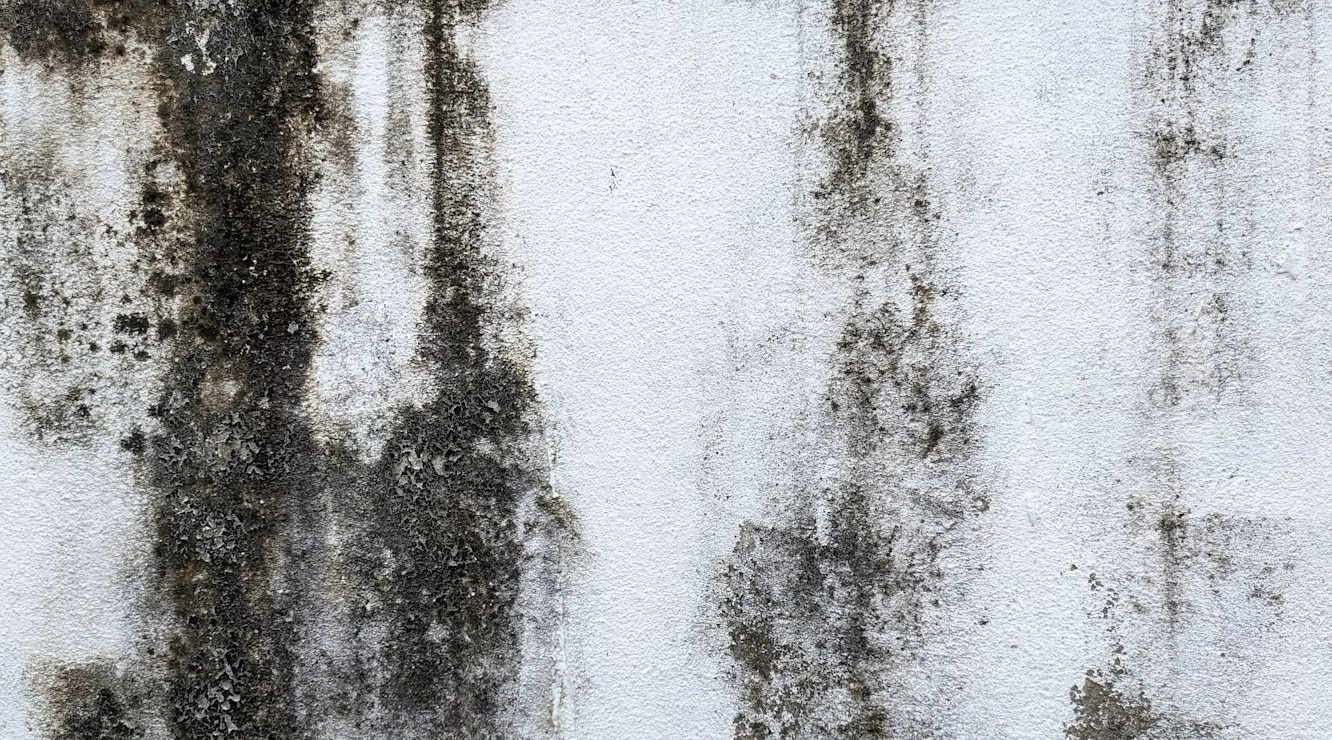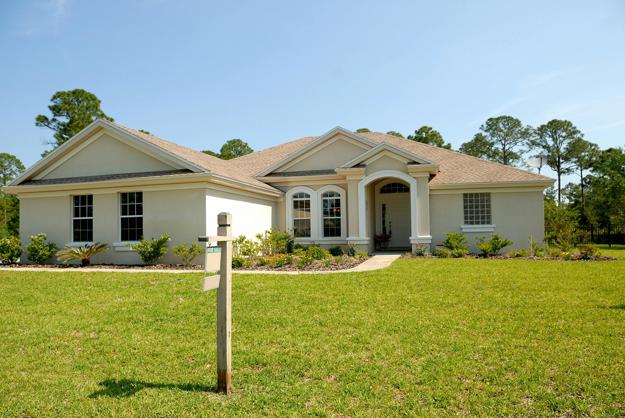At first glance, mold and mildew might seem like the same pesky problem—dark, fuzzy patches that show up in damp corners of your home. But while they may look similar, they’re not identical. Understanding the difference between mildew vs mold can help homeowners take the right steps to remove them, prevent them from coming back, and protect the health of their families and the integrity of their homes.
At Prime Painting & Restoration, we’re often called in after homeowners discover mold or mildew damage, and one of the most common questions we hear is: “What’s the difference between mold and mildew?” Let’s break it down and help you spot the differences—and the solutions.
What Are Mold and Mildew?
Both mold and mildew are types of fungi that grow in moist, warm, and poorly ventilated environments. They reproduce by releasing spores into the air and thrive on organic materials like wood, drywall, and paper.
But their appearances, effects, and treatments differ significantly.
Appearance: How to Tell Mold from Mildew
Mildew
- Color: Mildew typically appears as a white, gray, or light brown powdery or fluffy substance.
- Texture: It's usually flat and spreads across surfaces in a thin layer.
- Location: Most often found on surfaces that stay relatively dry, such as walls, ceilings, and fabrics.
- Smell: Mild musty odor, but not overpowering.
Mold
- Color: Mold can be black, green, blue, or even red. It often appears dark and splotchy.
- Texture: Slimy, fuzzy, or thick. It grows in irregular patches and penetrates the surface it’s on.
- Location: Common in high-moisture areas like basements, bathrooms, kitchens, and behind drywall.
- Smell: Strong, pungent, and earthy. The smell alone can often indicate a more severe issue.
Health Risks: Which Is Worse?
Mildew
Mildew is generally considered a nuisance rather than a health hazard. However, long-term exposure can still cause:
- Allergic reactions
- Minor respiratory irritation
- Headaches or sore throat in sensitive individuals
Mold
Mold, especially black mold (Stachybotrys chartarum), can be hazardous to your health and is a more serious concern than mildew:
- Triggers allergic reactions like sneezing, coughing, and itchy eyes
- Can worsen asthma symptoms
- Prolonged exposure can lead to respiratory infections or chronic fatigue
- Black mold can cause neurological symptoms in extreme cases
When comparing mold vs mildew in terms of health effects, mold is significantly more dangerous and requires immediate attention.
Common Places You’ll Find Mold vs. Mildew
Mildew Hotspots:
- Bathroom walls and tiles
- Shower curtains
- Windowsills
- Fabric and upholstery
- Painted walls in humid environments
Mold Hotspots:
- Under sinks
- Inside walls and ceilings (especially after leaks)
- Behind appliances like washers and dishwashers
- Crawlspaces and basements
- Insulation and HVAC systems
Mold is more likely to take root in areas you can’t easily see, which is why professional inspections are so important when you suspect a deeper issue.
Causes of Mildew and Mold
Both mold and mildew grow due to:
- High humidity levels (above 60%)
- Water leaks (roofs, pipes, appliances)
- Poor ventilation
- Condensation on walls or windows
- Flooding or water damage
The real difference between mildew vs mold lies in how deep they grow and how resilient they are once they’ve taken hold. Mildew can often be wiped away with simple cleaning, while mold can penetrate building materials and require professional remediation.
How to Test for Mold or Mildew
DIY Visual Test
If it wipes away easily with a cloth and leaves no discoloration, it’s likely mildew.
If it’s stubborn, slimy, and keeps coming back even after cleaning—or if it causes materials to crumble—it’s likely mold.
At-Home Test Kits
There are mold testing kits available at hardware stores that can give you preliminary information about what type of spores are present.
Professional Inspection
For peace of mind and accurate diagnosis, a professional mold inspection is always recommended. At Prime Painting & Restoration, we offer expert mold assessments to identify the severity of the problem and advise on next steps.
Removing Mildew vs. Mold
How to Get Rid of Mildew
Mildew can typically be cleaned with:
- White vinegar and water
- Baking soda and water
- Commercial mildew cleaners
- A scrub brush and proper ventilation
Steps:
- Spray affected area with cleaning solution
- Let sit for 10–15 minutes
- Scrub and rinse
- Dry the area thoroughly
How to Get Rid of Mold
Mold removal is more complicated:
- Small patches (under 10 square feet) may be handled with commercial mold cleaners or bleach (1 cup bleach to 1 gallon of water)
- Always wear gloves, a mask, and goggles
- Dispose of porous materials like carpet, insulation, or drywall if mold has penetrated
For larger mold infestations, you’ll need professional mold remediation. Our trained team at Prime Painting & Restoration uses industry-grade equipment and EPA-approved treatments to safely remove mold and prevent it from returning.
How to Prevent Mold and Mildew Growth
Preventing mildew vs mold requires many of the same strategies:
Tips to Prevent Both:
- Use dehumidifiers in damp areas
- Ensure bathrooms and kitchens have exhaust fans
- Clean and dry areas after water exposure
- Fix leaks immediately
- Keep windows open when possible to promote airflow
- Use mold-resistant paints and sealants (something we specialize in at Prime Painting & Restoration!)
For Extra Mold Protection:
- Waterproof your basement
- Insulate pipes to reduce condensation
- Regularly inspect hidden areas like attics and crawlspaces
- Clean HVAC systems regularly
If your home has a history of moisture issues or previous mold problems, proactive maintenance is essential.
When to Call in the Pros
If you spot black, green, or large patches of fungus—or if you’ve tried cleaning and it keeps coming back—it’s time to bring in professionals.
At Prime Painting & Restoration, we do more than paint—we restore homes. Our team is certified in mold remediation, and we don’t just treat the surface. We identify the root cause, eliminate the mold, repair the damage, and apply preventive treatments so it doesn’t return.
Why It Matters: The Long-Term Impact of Ignoring Mold or Mildew
Failing to address mold or mildew can lead to:
- Structural damage to drywall, wood, and insulation
- Decreased indoor air quality, impacting your family’s health
- Costlier repairs if the damage spreads
- Lower home value if mold is discovered during a sale
Even if it’s “just mildew,” it’s best to deal with it early and thoroughly.
Final Thoughts: Mildew vs Mold
Understanding the difference between mildew vs mold gives you the power to act early, prevent serious damage, and protect your home and health. While mildew may be annoying, mold is a more dangerous and invasive problem that often requires expert help.
At Prime Painting & Restoration, we’re here to help you with everything from diagnosing the issue to complete restoration. Whether you’ve got a small patch in the bathroom or widespread damage in your basement, we’ll restore your home with expert care, trusted materials, and guaranteed results.




-625x417.jpg)
